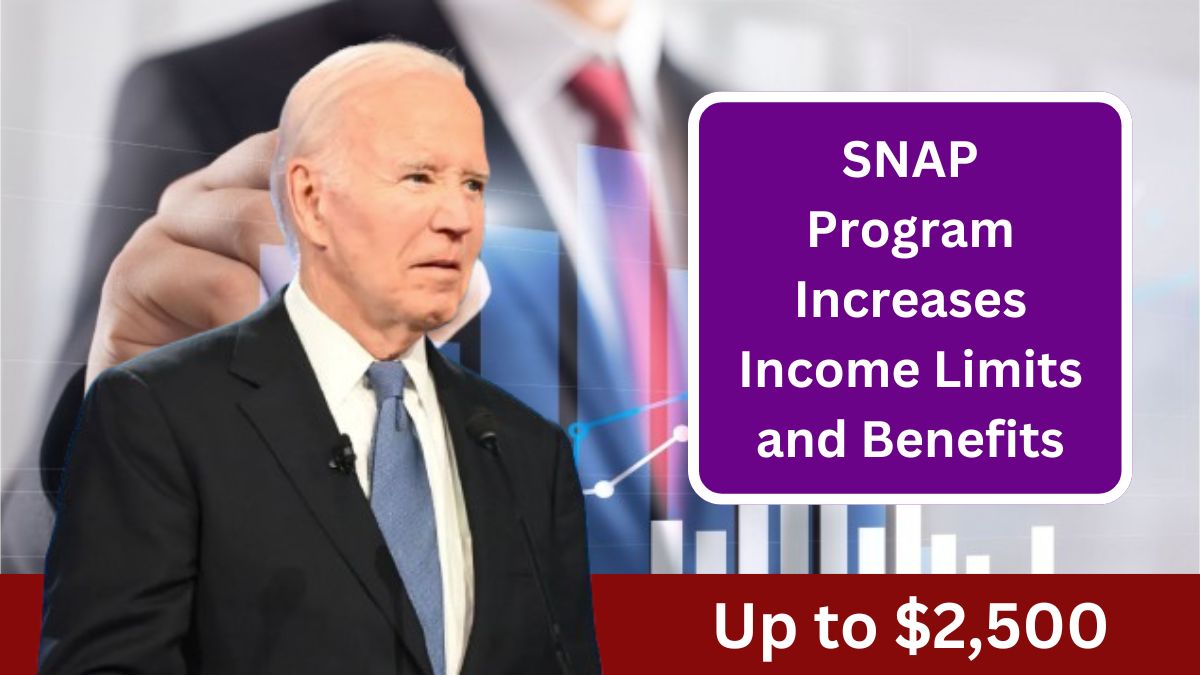The Supplemental Nutrition Assistance Program (SNAP) recently raised its income limits and benefit amounts as of October 1, 2024. This annual cost-of-living adjustment helps SNAP keep pace with inflation and makes it more accessible to a broader range of individuals, including low-income students and families. Here’s what you need to know about these changes and how they affect eligibility and usage.
Increased Income Limits
With the recent updates, the monthly income limit for a single person to qualify for SNAP has increased to $2,510, which is a substantial increase from previous thresholds. This change has opened new possibilities, especially for students who may have previously been ineligible due to their income level.
| Household Size | Monthly Gross Income Limit |
|---|---|
| 1 | $2,510 |
| 2 | $3,386 |
| 3 | $4,162 |
| 4 | $4,938 |
| Each Additional | + $776 |
According to Julia Morrill, director of the Basic Needs Program at the University of Oregon, this new income limit is especially helpful for students who may now meet the criteria after previously being slightly over the threshold. Students taking six or more undergraduate credits or five graduate credits and who meet one other qualifying condition can now more easily access SNAP benefits.
SNAP Benefits Can Buy
SNAP benefits are intended to cover essential groceries. These funds can be used to buy:
- Eligible Items: Fruits, vegetables, meat, fish, poultry, dairy, bread, cereals, and other grocery staples.
- Restrictions: SNAP benefits cannot be used for tobacco, alcohol, medications, dietary supplements, non-food items, or hot/prepared foods.
For students, SNAP provides valuable assistance in securing healthy food options, which can positively impact academic performance, health, and well-being. The program is designed to help individuals and families manage food expenses without sacrificing nutritional quality.
Applying for SNAP as a Student
Applying for SNAP involves a few steps and documentation, but the University of Oregon’s Basic Needs Program offers guidance to students. Here’s the general process:
- Application Submission: Start an application through the Oregon Department of Human Services (ODHS) website or visit a local office.
- Interview Requirement: After submission, students will participate in an interview with a social worker, which can be done in person or over the phone.
- Assistance and Support: The Basic Needs Program team provides students with support and clarification on the application process and required documentation, though they cannot complete the application on a student’s behalf.
SNAP Accessibility on Campus
Most grocery stores accept SNAP benefits, including some on-campus locations. At the University of Oregon, Agate Street Market in Unthank Hall accepts SNAP benefits, allowing students to purchase packaged foods, sandwiches, and other deli items.
SNAP Eligibility
For students living in university housing with meal plans, there are specific guidelines that may affect SNAP eligibility:
- Meal Plan Coverage Over 51%: If a student’s meal plan covers more than half of their food needs, they may not qualify for SNAP benefits.
- Meal Plan Coverage Under 50%: Students may still qualify if their meal plan covers less than half of their food needs, provided they meet other eligibility requirements.
This restriction helps avoid overlapping benefits and ensures that SNAP is targeted to those who need it most.
Supporting Healthy Choices
SNAP aims to help individuals and families maintain access to nutritious food, which can be especially beneficial for students. Access to a variety of healthy food options can reduce stress around food budgeting and promote better focus and academic performance.
With increased income limits and updated benefits, SNAP continues to adapt to the needs of those it serves, remaining an essential tool for combating food insecurity in the face of rising living costs.
FAQs
What is the new SNAP income limit for 1 person?
The monthly limit is now $2,510 for a single individual.
Can SNAP benefits be used to buy hot food?
No, SNAP benefits do not cover hot or prepared foods.
How do students qualify for SNAP?
Students need to meet credit requirements and one qualifying condition.
What items are SNAP benefits restricted from buying?
SNAP cannot be used for alcohol, tobacco, or non-food items.
Does having a meal plan affect SNAP eligibility?
Yes, meal plans covering over 51% of needs may disqualify students.











